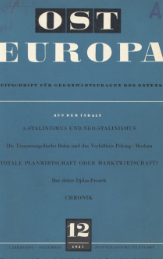

Keywords: bare singular predicates; singular indefinite predicates; stage/individual-levelhood; gradability
This paper investigates the interpretative differences between bare singular nominal predicates (BNPs) and singular indefinite nominals in predicate position (SIPs) in Romanian, for those nouns that can appear in both types of structures. We will focus on two dimensions of their semantics: stage vs. individual levelhood, and gradability. Moreover, we will make a distinction within the class of SIPs between ‘true’ SIPs and ‘apparent’ SIPs and reveal the existence of a certain strategy for expressing (high) degree in the nominal domain: a property-denoting noun combines with a (possibly implicit) modifier that restricts the interpretation of the noun to a high degree (cf. Espinal 2004) and that triggers the insertion of the indefinite article.
More...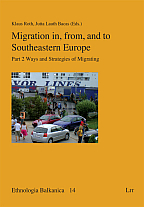
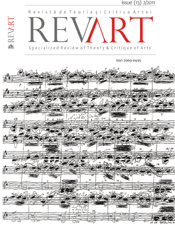
Keywords: ecological conscience; recycling; advertising rhetoric; visual/ textual encoding; cross cultural setting
Before blaming the seductive charms of the eye-caching and mind-shaping ads, one should remember that advertising has so far successfully adapted to new fashions, topics and ideologies. In my paper I refer to how the advertising message qualifies as a sort of "moral trumpet" for social engagement and how a low-involvement matter (the recycling of used materials such as beer cans) can be presented in a persuasive manner. And what you see is not only what you get. The recipients of this message are taught a nice lesson in German "ecological correctness": people are being educated via ads and consumerism goes along with environment-friendly policies; "greenness" turns out to be also an aspect of the German political landscape and "flower-power" is more than an attitude, it already represents a well developed industry.
More...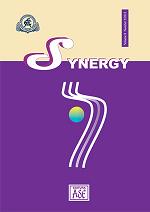
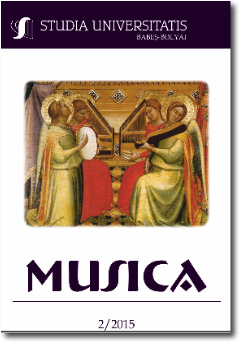
The volume “Ştefan Niculescu”, published in 2013 by BIS-Verlag der Carl von Ossietzky Universität Oldenburg, edited by Eva-Maria Houben, Michael Heinemann and Violeta Dinescu, is part of a series entitled Archiv für osteuropäische Musik. Quellen und Forschungen, translatable as The East European Music Archive. Sources and Research. This series of volumes seeks to offer a bird’s-eye view over contemporary classical music from an intercultural perspective, bringing together its Eastern and Western European roots. An essential contribution to this project belongs to Violeta Dinescu, currently a professor and doctoral advisor at the above mentioned university. The reference librarian of The Oldenburg University Library, Karl-Ernst Went, and Violeta Dinescu set up a library section which, due to their efforts, houses hundreds of books as well as video and audio recordings referring especially to the 20th century music in Europe. Thus, owing to the woman composer’s considerable efforts, and with the help of UCMR (Union of Composers and Musicologists from Romania), the Oldenburg University Library has been equipped with an impressive database covering old and contemporary Romanian music. Obviously, the range of topics of this series of volumes is going to be varied, consisting of contributions from various musicologists from all over Europe; these contributions, integrated in cultural, historical and geographical contexts, will address traditional European music, Byzantine music or the work of already established composers. Within the Oldenburg University Violeta Dinescu has also managed to organize throughout the years a few international musicology symposia focusing on Romanian music; therein, world famous musicologists as well as Romanian guests revealed, from a universal perspective, their outlooks on Romanian composers such as George Enescu, Ştefan Niculescu, Paul Constantinescu, Romanian women composers, Pascal Bentoiu, etc.
More...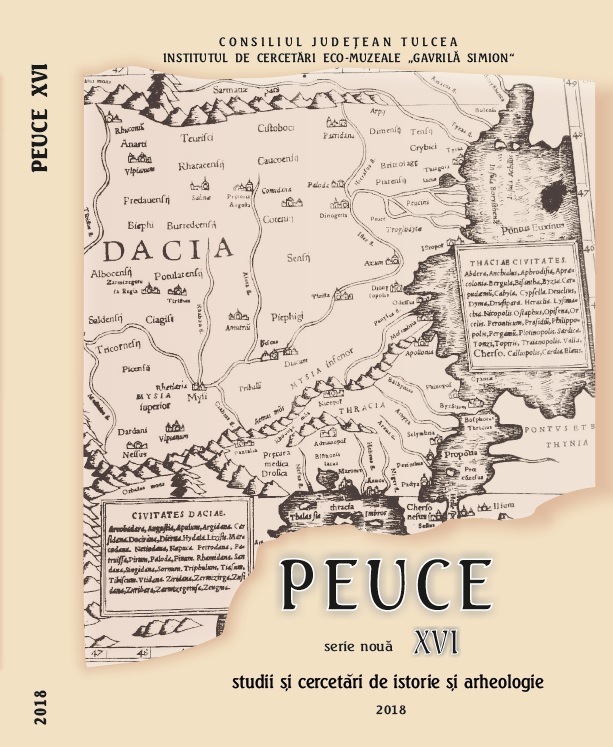
Keywords: Romania;Middle Ages;Enisala;Anthropology;Cemetery;
Preventive archaeological excavations in 2013 at Enisala–Palanca, Sarichioi, Tulcea County (south-east Romania) brought to light 210 medieval archaeological features. 118 skeletons we recovered during these excavations dated in the 14th and the beginning of the 15th century. This report presents a short version of the demographic, metric and paleopathological data acquired during the anthropological analysis of this skeletal sample. A more detailed analysis of this cemetery and of other contemporary skeletal samples from Dobrudja province are to be publish along with the archaeological result of the excavations from this medieval site.
More...Keywords: toponim; antroponim; cartografiere; spațiul românesc;
Articolul încearcă să evidențieze unele aspecte referitoare la cartografierea toponimelor și antroponimelor, atît în spațiul românesc, cît și la un nivel mai larg (european, mondial). În cazul toponimelor, este evidențiată răspîndirea oiconimelor cu sufixele –ești, –eni/–ani, –ari, –ovți/–evți, –inți în spațiul românesc. Acest spațiu include teritoriul actual al României și Republicii Moldova și acele regiuni din Ucraina, Bulgaria și Ungaria ce au aparținut, temporar, statului român. Sufixele românești –ești, –eni/–ani, –ari apar cel mai frecvent, cea mai mare prezență înregistrînd-o primul sufix. Pentru cartografierea antroponimelor, ne-am oprit, deocamdată, la cartografierea răspîndirii numelor care au sufixul –escu, la nivel mondial, pe state. Se constată că acest sufix apare cel mai frecvent în România și/sau Republica Moldova.
More...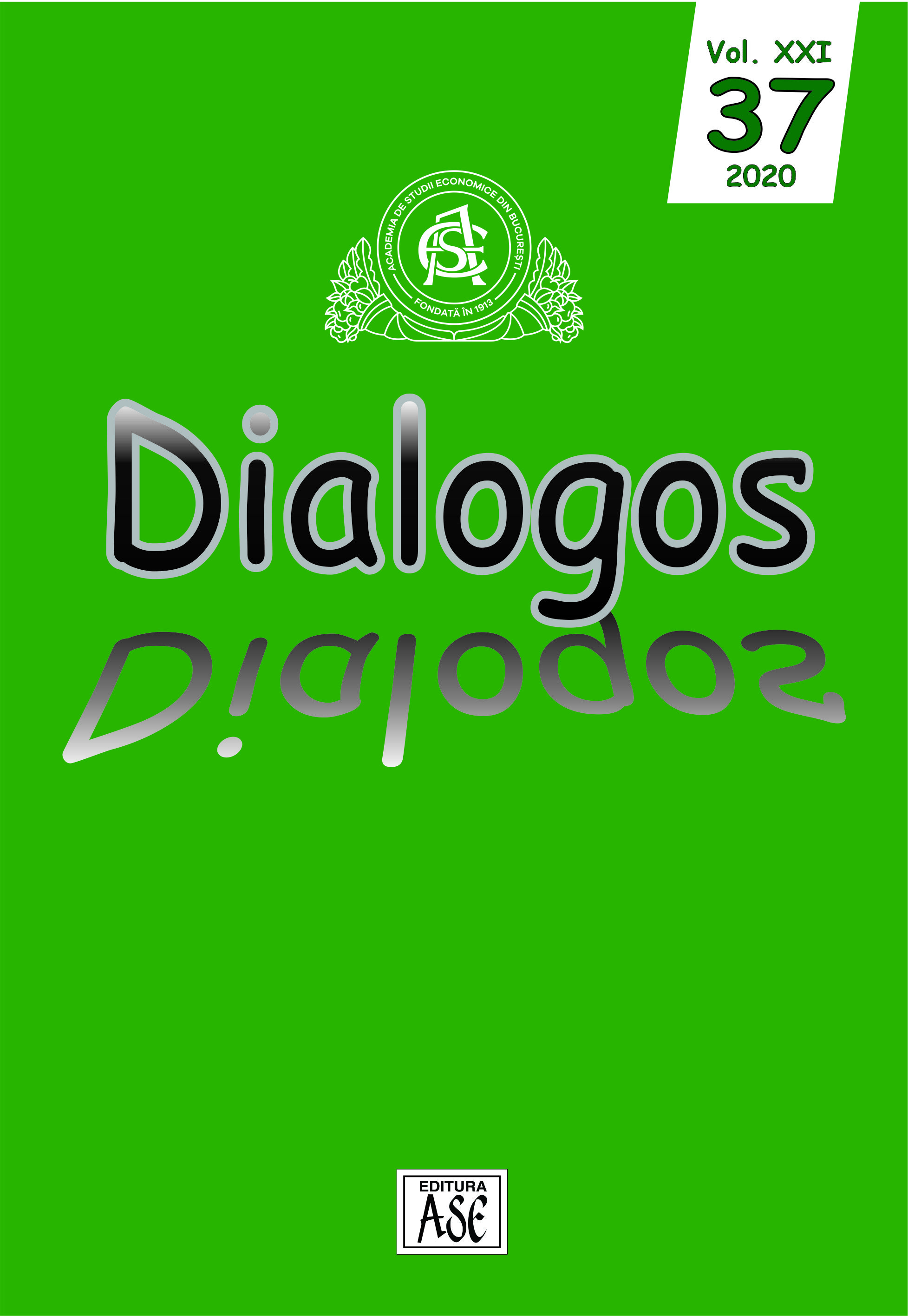
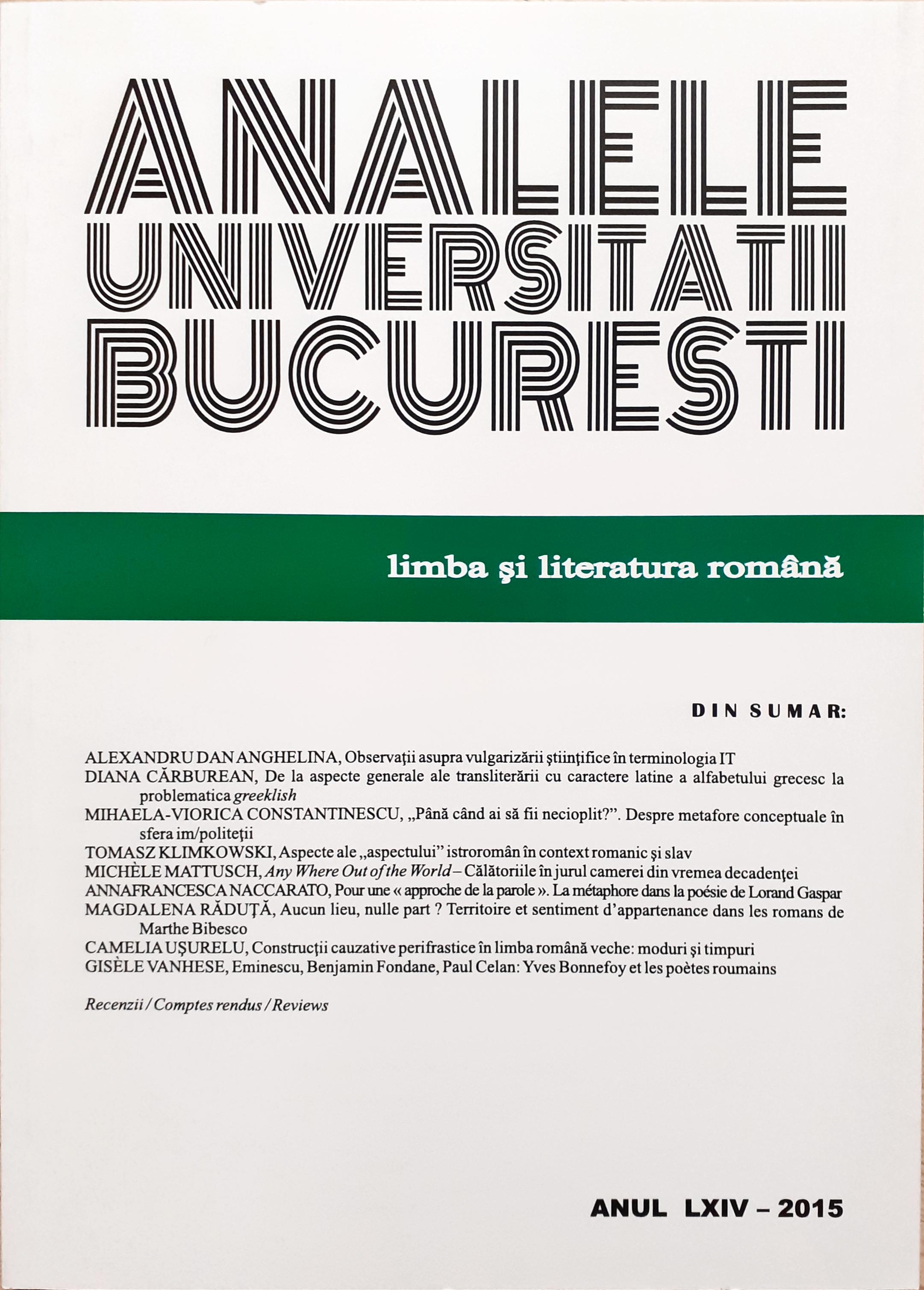
Keywords: Politeness; Impoliteness; Conceptual Metaphor; Metadiscursive Reflexivity; Metacognitive Reflexivity;
Notre article propose une approche pragmatique de la relation im/politesse-métaphores conceptuelles. L’im/politesse sera analysée dans la perspective de la pragmatique historique, notre démarche favorisant la manière dont les participants aux interactions évaluent et conceptualisent l’im/politesse. Les modalités d’évaluer ou les réflexions sur l’im/politesse peuvent relever des scenarios métaphoriques à de différents degrés de conventionalité. L’analyse est fondée sur un corpus littéraire (prose, dramaturgie, mémoires, correspondance) appartenant à la génération quarante-huitarde. Les expressions métaphoriques retrouvées dans le corpus relèvent la métaphore de l’individu comme objet sur lequel on doit travailler afin de devenir apte pour la socialisation.
More...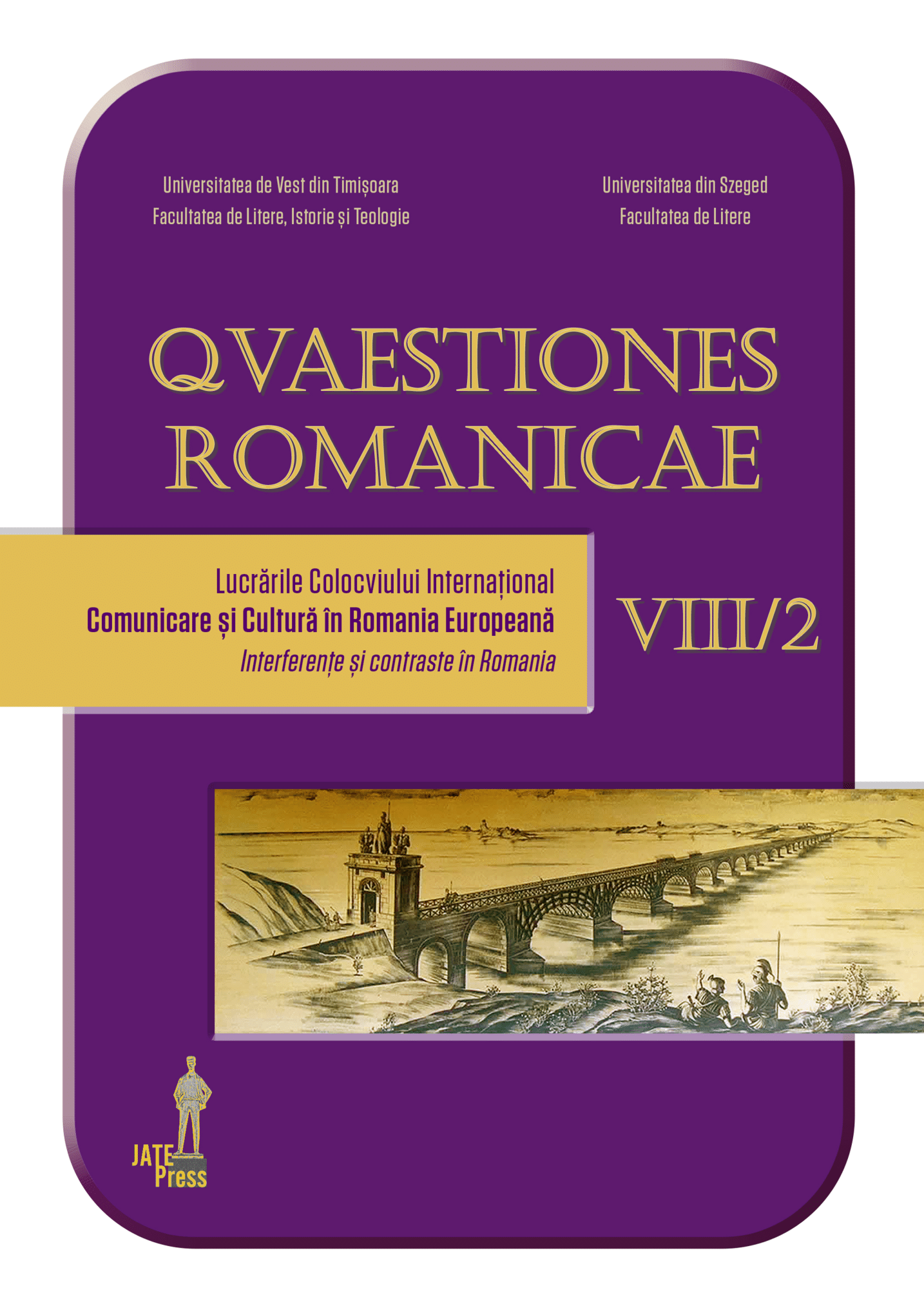
Keywords: Romanian Orthodox Church;communism;The Banat Metropolitanate;Vasile Lăzărescu;Archdiocese of Timişoara and Caransebeş;
The study captures and analyzes aspects related to the Orthodox religious life of the Banat region during the communist period. In the context of the establishment of the communist regime, religious life in Romania has inevitably undergone major transformations, as this regime has proved to be loaded with terror and deprivation of liberty, lack of transparency and oppression. During the communist period, in Banat, Orthodox religious life had a new form of existence through the establishment of the Banat Metropolitanate in 1947. This achievement was attributed to the communist government led by Petru Groza. In 1947, the Episcopate of Timişoara, founded in 1939, was raised to the rank of Archdiocese, and in the same year, the Banat Metropolitanate was established. On October 26, 1947, the first Metropolitan Dr. Vasile Lăzărescu was named. The second Metropolitan of Banat in the Communist era was Dr. Nicolae Corneanu, elected in 1962 after the forced removal of Vasile Lăzărescu. During the communist period, more precisely in 1949, the Episcopate of Caransebeş was abolished, being merged with the Archdiocese of Timişoara. The study focuses on highlighting the most important moments in the work carried out by the Romanian Orthodox Church in Banat.
More...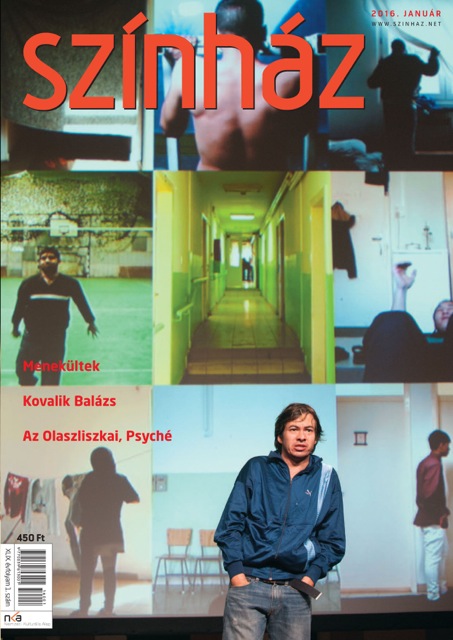
Keywords: Romanian National Theatre Festival;National Festival;Romanian
Az essay on the National Theatre Festival in Bucharest, Romania.
More...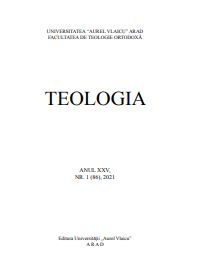
Keywords: Papal inquisitor; John of Capistrano; John of Caffa; Iovanychik of “Nandor”; Transylvania; religious union;
In the enthusiastic atmosphere of the initialling, at Ferrara-Florence (1438-1439), of the union between the Western and the Eastern Church, in Banat and in southwest Transylvania appeared the papal inquisitor John of Capistrano, emblematic personality of the Roman missionary in the middle of the XVth century. The purpose of his arrival was that of consolidating the union between the two Churches and through this, of strengthening the common anti-Ottoman front, in the eve of the great battle of Belgrade (1456), battle in which, as a matter of fact, he gave his life, together with his main collaborator, the Romanian voivode John Hunyadi.
More...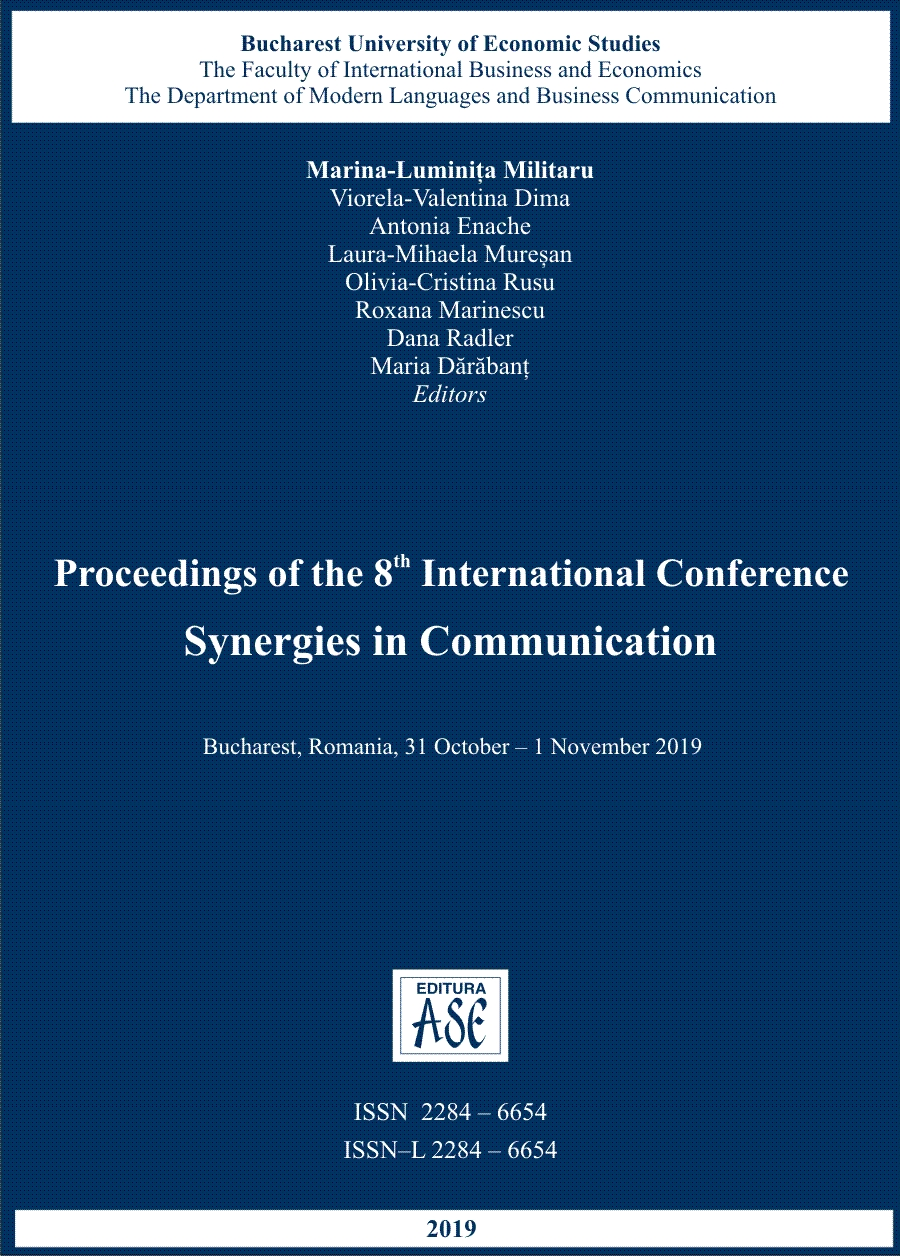
Keywords: Advertising discourse; business magazines; advertising image; advertising text; women's image;
Sometimes ago, I studied the characteristics of the advertising discourse in the French magazines. This also led me to examine the image of women in these magazines, among which there was "Capital" France. This article applied the same pattern of analysis to "Capital" Romania aiming, first, at discovering if the advertisements published here have the same characteristics and, second, at establishing if the women's image is similar to the one in the French issues.
More...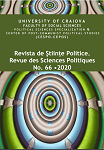
Keywords: Romania; post-communism; right-wing extremism; Greater Romania Party; presidential elections;
In recent years, several European states have witnessed the emergence and / or intensification of the radical right, whose exponents have even managed to obtain very good electoral results in some cases. In Central and Eastern Europe, the success of right-wing extremism has been more visible in Poland or Hungary, but other states have also had their fair share of extremist movement in the years since 1990. Compared to the other states in the region, where political formations on the far right of the political spectrum became, in recent years, electorally viable, in Romania this trend did not take hold. Instead, the right-wing extremism has manifested itself outside the political class, within different groups or social movements. Of the Romanian right-wing political formations, the Greater Romania Party (PRM) had been the most successful, and the presidential election from 2000 represented the peak of the extremist political discourse in post-communist Romania. In this paper, we will analyze the Romanian general and presidential elections from 2000, with an emphasis on the PRM and its candidate, as the main center of right-wing extremism. PRM, as the analysis will show, had registered a double electoral success during these elections. On the one hand, it became the main opposition party in the Romanian Parliament; on the other hand, its candidate entered the second round of the presidential elections, managing to obtain, in the first round, almost one third of the valid votes cast. Consequently, the main thrust of the paper will be on discourse analysis, focusing, in particular, on the themes used in the electoral campaign for the presidential elections by the two candidates who qualified for the second round. Given that the incumbent president did not seek to be reelected, we argue that the right-wing surge witnessed during this period can be premised, in part, on the poor performance of the outgoing president and government from the 1996-2000 period. Similarly, electoral absenteeism also played a major role in PRM’s electoral success to a certain extent.
More...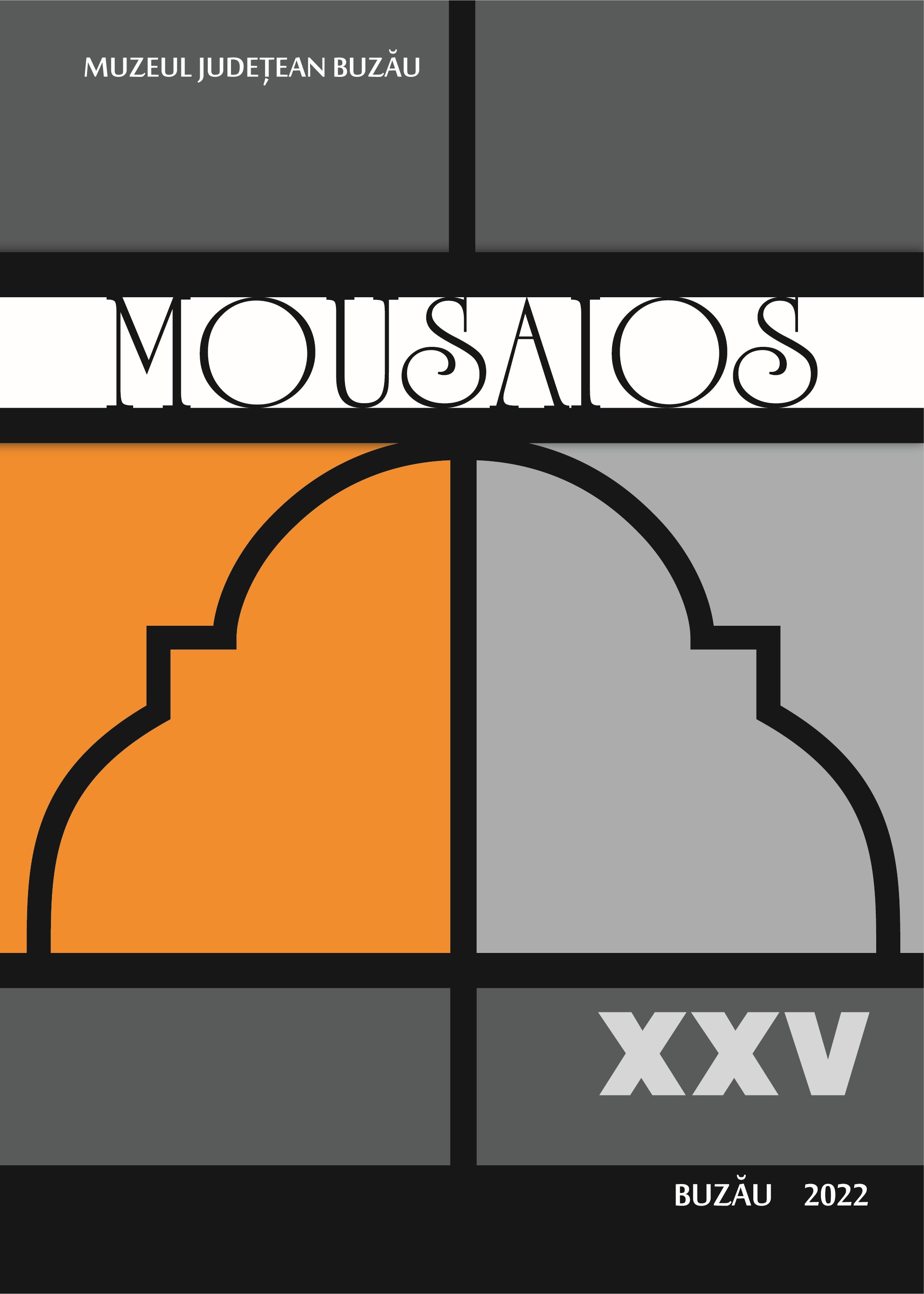
Keywords: archaeological research; Movilița; Vrancea; Neolithic; Bronze Age;
In this material we briefly present some of the results of the research project called Hidden Landscapes: Remote Sensing and LiDAR Exploration of Roads, Borders, and Battlefields in the Southeast Carpathians. It is about the field researches on the territory of the commune Movilița, Vrancea County, on the territory of which the aerial images suggested the existence of a crossing ford, across Zăbrăuți Valley, towards the archaeological sites from Mănăstioara-Fitionești. Our brief intervention nuances, as far as possible, the archaeological potential of the area, accumulating the essential data for the drafting of archaeological site sheets, a first step towards classification and, therefore, the rescue and protection of these monuments. In terms of research into these objectives, we have begun investigations at „Islaz” point. Although limited in size, they highlighted a first complex (Neolithic hut), which is to be fully researched this year.
More...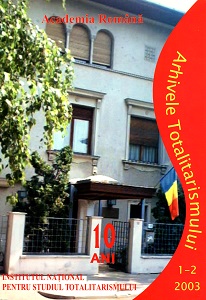
Keywords: Arhivele totalitarismului; 1993-2002, biographies; summary;
„Arhivele totalitarismului” 1/1993 - 3-4/2002 - Sumar general: Biografii
More...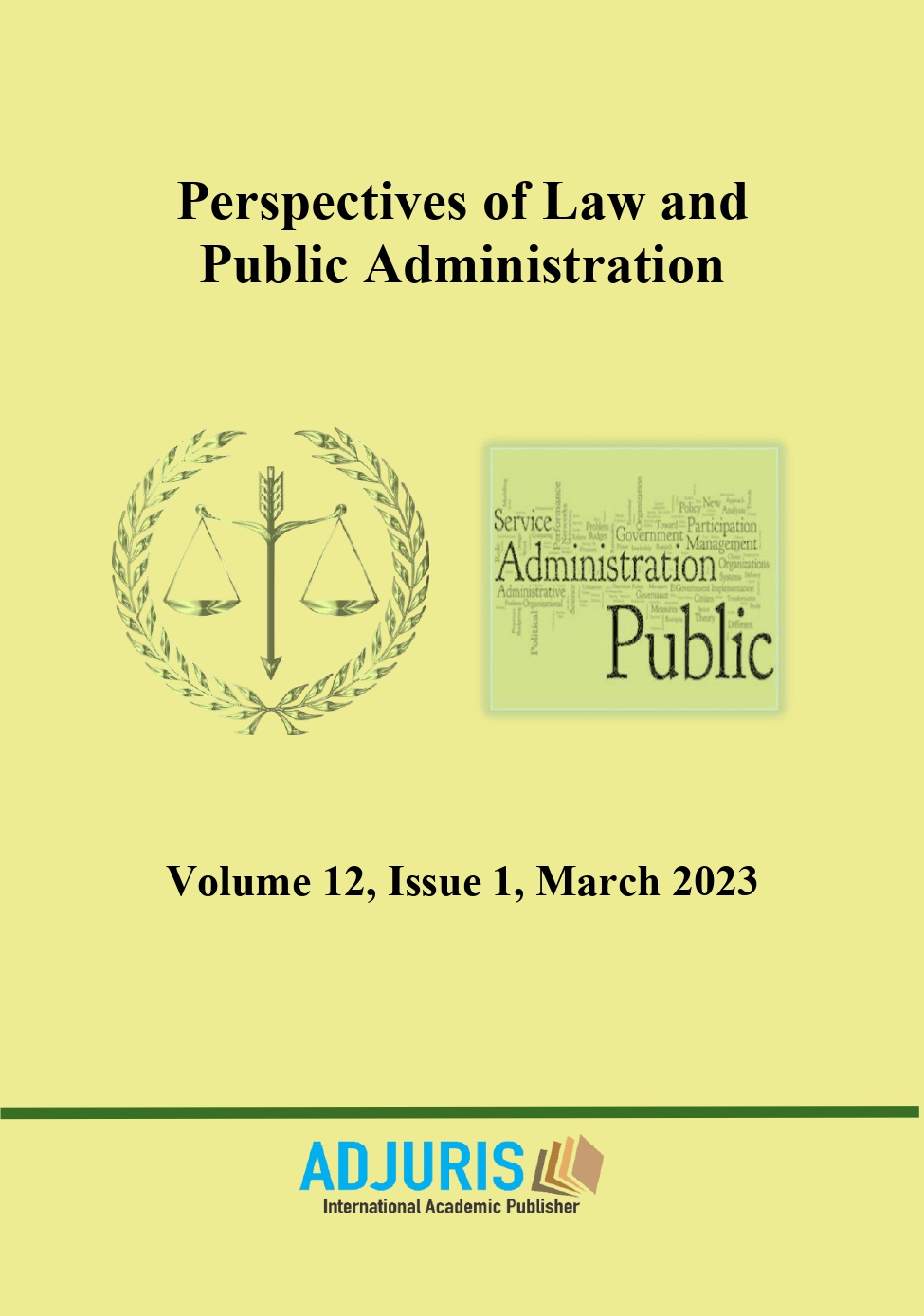
Keywords: decree-law; rights; special allowance; former political prisoners;
The article refers to certain changes that need to be made to the paragraphs (5) - (9) regarding article 5 of the Decree - Law no. 118/1990 on granting rights to persons persecuted for political reasons by the dictatorship established starting with 6 March 1945, as well as to those deported abroad or constituted as prisoners, as republished in the Official Gazette, Part I no. 1208 of December 10, 2020, with subsequent amendments.
More...